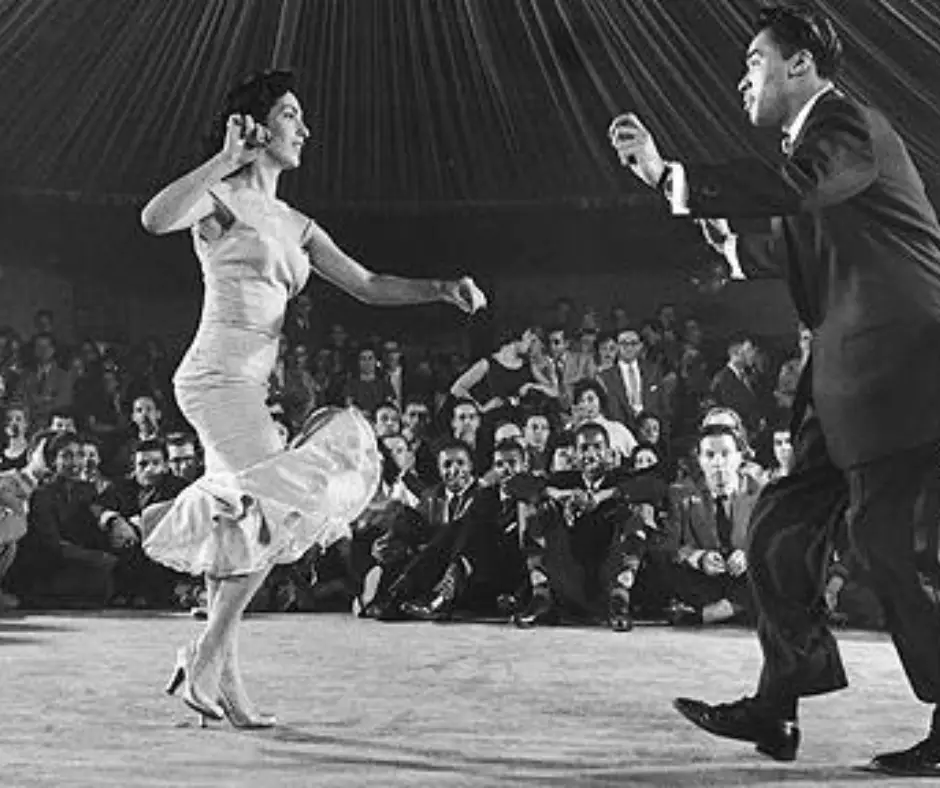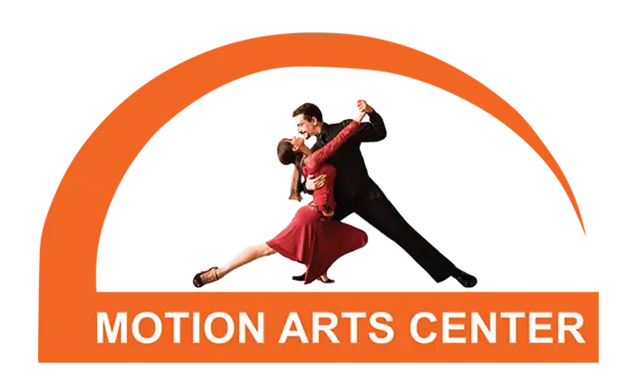
Salsa dance, with its captivating rhythms and vibrant movements, has become a global phenomenon, embraced by dancers and enthusiasts around the world. But to truly appreciate the essence of salsa, it’s essential to explore its rich historical roots and the cultural tapestry that gave birth to this beloved dance form.
Origins of Cuba and Puerto Rico
The roots of salsa dance can be traced back to the fusion of African and European music and dance traditions in Cuba and Puerto Rico during the late 19th and early 20th centuries. The African rhythms and dances brought by enslaved Africans blended with the European musical influences, creating a unique blend of music and movement.
The Influence of Son
One of the significant precursors to salsa dance was the popular Cuban music style called Son. Son incorporated elements of African percussion, Spanish guitar, and call-and-response vocal patterns. It provided the musical foundation for early salsa and influenced the evolution of salsa dance styles.
The Rise of Mambo and Latin Jazz:
In the 1930s and 1940s, Cuban musicians and dancers introduced the Mambo, a syncopated dance style, to the United States. Mambo’s infectious rhythms and energetic partner work captivated American audiences, leading to the rise of Latin jazz and further popularizing Afro-Cuban dance forms.
The Birth of Salsa in New York City:
Salsa, as we know it today, emerged in the vibrant neighborhoods of New York City during the 1960s and 1970s. Influenced by Cuban and Puerto Rican music, as well as other Latin American genres, such as Colombian cumbia and Dominican merengue, salsa evolved as a melting pot of diverse sounds and cultural influences.
The Fania All-Stars and Salsa Explosion:
The Fania All-Stars, a group of talented musicians and singers, played a pivotal role in popularizing salsa music and dance. They brought together influential artists, such as Celia Cruz, Willie Colón, and Héctor Lavoe, creating a cultural movement known as the “Salsa Explosion.” Their electrifying performances and iconic recordings spread salsa’s allure throughout the world, cementing its status as a global phenomenon.
Salsa Dance Styles:
Within the umbrella term “salsa,” various dance styles emerged, each with its unique characteristics. These styles include New York Style Salsa (Salsa On 2), LA Style Salsa (Salsa On 1), Cuban Style Salsa (Salsa Cubana), and others. Each style reflects regional influences and cultural nuances, showcasing the diverse interpretations of salsa dance across different communities.
Global Reach and Evolution:
Over the years, salsa dance has transcended borders and continues to evolve in various countries and regions worldwide. It has become a cherished cultural expression, blending with local music and dance styles to create new fusions and adaptations. Salsa congresses, festivals, and social dance scenes in cities around the globe celebrate the passion and joy of salsa, connecting dancers from diverse backgrounds.
The Legacy of Salsa Dance:
Salsa dance embodies the spirit of cultural exchange, unity, and joy. It serves as a testament to the resilience and creativity of communities that have contributed to its development. Today, salsa remains a dynamic and evolving dance form, captivating dancers and audiences with its infectious rhythms, expressive movements, and celebration of cultural diversity.
As you step onto the dance floor and sway to the vibrant beats of salsa, remember that you are partaking in a historical and cultural legacy that continues to thrive and inspire generations of dancers. Embrace the rhythm, connect with fellow dancers, and let the history of salsa dance guide your every move.







